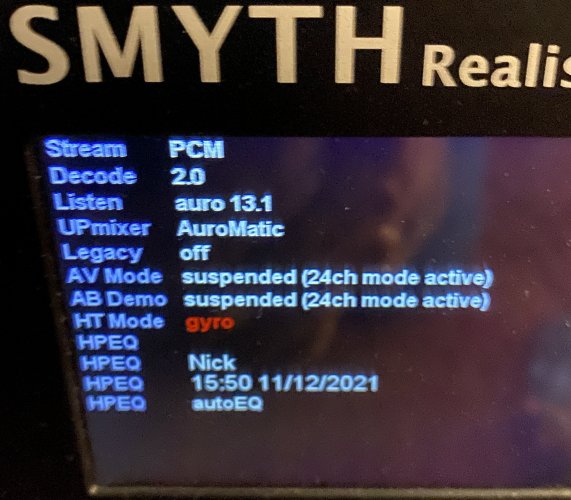It kept giving me an error each time I tried to use it. "Failed to open device. The process cannot access the file because it is being used by another process". Happened each attempt, and restarting didn't help either. Ironically, I didn't need it since I already had a partition manager that I haven't needed to use in ages that I forgot about that worked no problem.
Also the latest firmware for the A8 shows 2019 on the file. Was this actually a new update from Revision 3 (2011)? Because that's what mine currently has.
For the A16, I'm assuming they shipped it with the most up to date firmware, but if for whatever reason they didn't, are there currently any new bugs that might have been introduced with it, and should I hold off on updating if so?
I've done a binary compare of the "latest" A8 firmware showing 2019 and it is identical to the 2011 binary file. So if that's what your A8 has in it that's fine. You will know immediately because when you export the files from internal memory to the external SD card the file names will be in the new "*20*" format HPEQ20xx and PRIR20xx. You should be fine.
Your new A16 will arrive with the most up-to-date firmware already preinstalled. It will perhaps be even newer than the most current public download version 2.05 from October 2021.
Now for closure on the GUI Format FAT32 issue, the problem for me (and probably for you as well) is that I'd inserted the microSD card into the USB card reader, and then plugged the USB card reader into the PC (all of which is normal of course) preparing to initialize it. But I hadn't paid close attention to what happened next. Because I use BitDefender as my anti-virus, it automatically kicked off a "device scan" in the background for the newly inserted removable device. It actually starts running the scan automatically in a minimized background process that's not obvious it is running. I had clicked on "X" to close the message box advising of this, rather than clicking on "more details" to actually open up the window showing the device scan progress.
So what was actually going on in the background was a BitDefender device scan of the microSD card. That is why I could not simultaneously use GUI Format FAT32 to initialize it, resulting in the error message both you and I saw.
Not fully appreciating all of this before, and not being able to figure out what "leftover and still-active" process had this "open handle" on the device (especially after I'd gone ahead and physically removed the drive so that now for sure the background device scan could not complete), I just decided to reboot the machine and try the whole thing all over again. And this time I was more aware of what BitDefender was doing.
So now, once again I plugged in the USB card reader with the microSD card to be initialized inserted. And once again, sure enough that BitDefender "background device scan starting" message appeared. But this time I clicked on "more details", to now present the "scan in progress" window which offers a STOP button. This time I pushed the STOP button, got a confirmation requiest asking if I really wanted to stop the scan, I pushed OK, and the scan terminated. I then closed that BitDefender window.
And now, with BitDefender's background removable device scan ended and the BitDefender scan process closed and gone, I once again launched GUI Format FAT32. Once again I entered a volume serial number (i.e. "SMYTH") and then pushed the START button. And this time it ran perfectly, quickly, and without any error message.
I'm sure some similar story happened on your own machine. You perhaps had Explorer open in another window, or maybe whatever anti-virus you have on your PC was similarly doing a background device scan, or who knows what.
But it is now clear that the cause of the earlier program malfunction wasn't caused by the program itself. Rather, it was caused legitimately by some second process currently being active and open and using the device. Only when that process ends or can be killed can GUI Format FAT32 be used (running in "exclusive control" mode, as it needs to be in order to reformat the drive).
Case closed due to user error.













